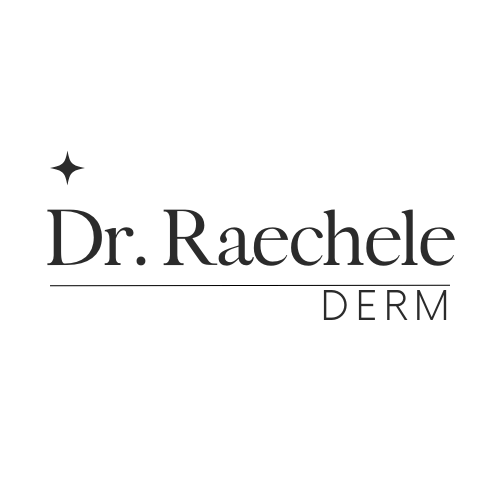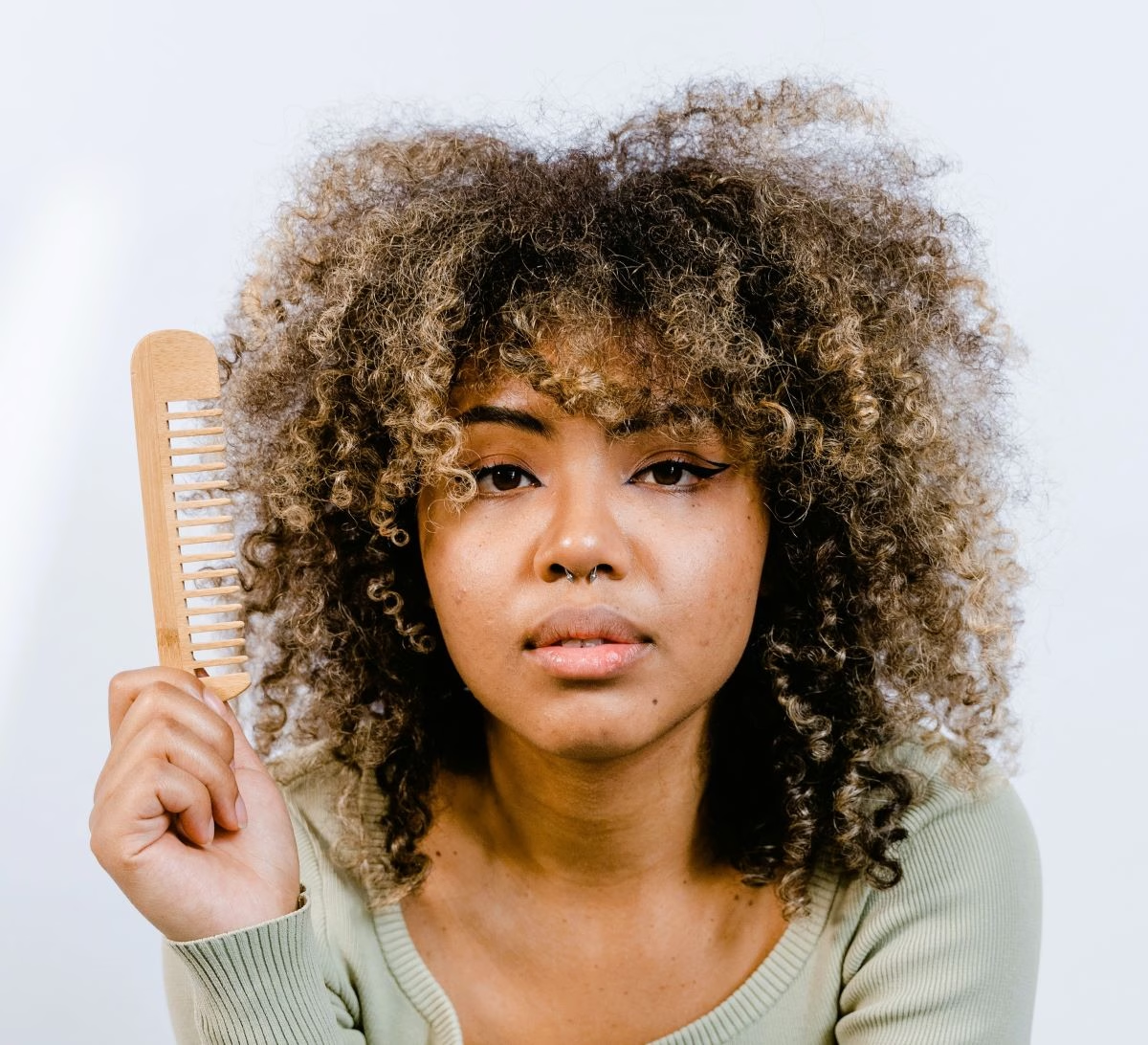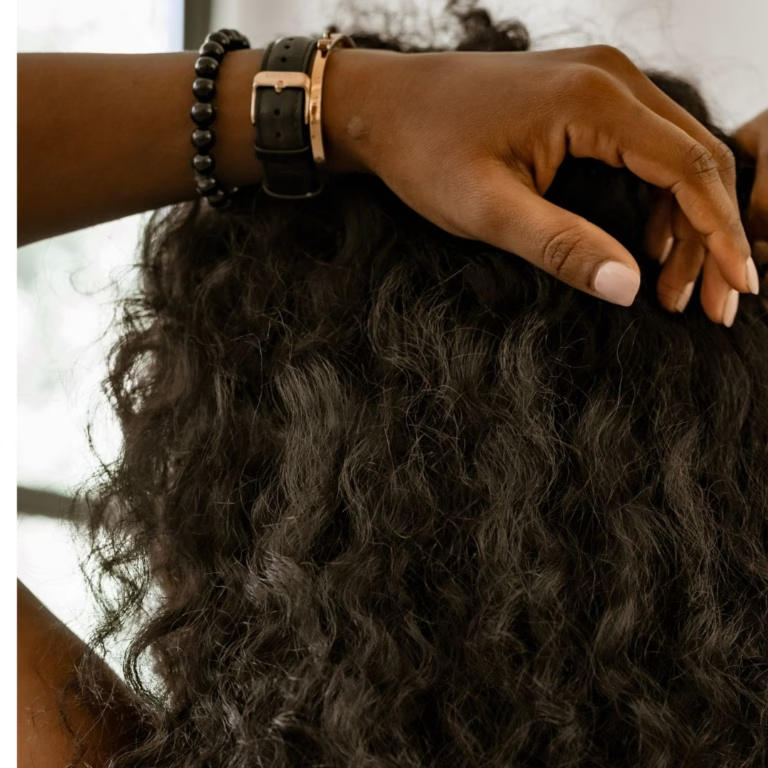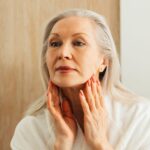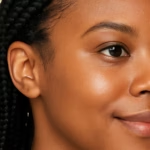If you’ve ever Googled, “does vitamin D help hair growth?”, you’re not alone. It’s one of the most common questions I hear as a board-certified dermatologist. While most people associate vitamin D with bone health and immune function, emerging science is shining light on its role in hair follicle health, growth cycles, and even scalp inflammation.
So if you’ve noticed your hair thinning, shedding more than usual, or lacking strength, vitamin D might be a piece of the puzzle. Let’s break down what we know from the research—and what you can do about it.
If you’re looking for a quick discussion about vitamin D and hair loss— be sure to check out my video here:
🌿 Watch & Learn:
I’ve put together a quick, easy-to-follow video if you’d like a deeper dive into this topic.
✨ You’ll also find new weekly tips on stress-free skincare, hair wellness, and simple, science-backed beauty — don’t forget to subscribe here!
What Is Vitamin D and Why Does It Matter for Hair?
Vitamin D is a fat-soluble vitamin that plays a crucial role in many processes in the body, from calcium absorption to immune modulation. What’s particularly interesting is that vitamin D receptors (VDRs) are found in many parts of the skin, including the hair follicle.
These VDRs are particularly important during the anagen phase, or growth phase, of the hair cycle. In fact, studies in mice have shown that the absence of these receptors leads to impaired hair follicle cycling and growth. A 2012 study published in the journal Stem Cells Translational Medicine emphasized the importance of VDR signaling in hair follicle regulation.
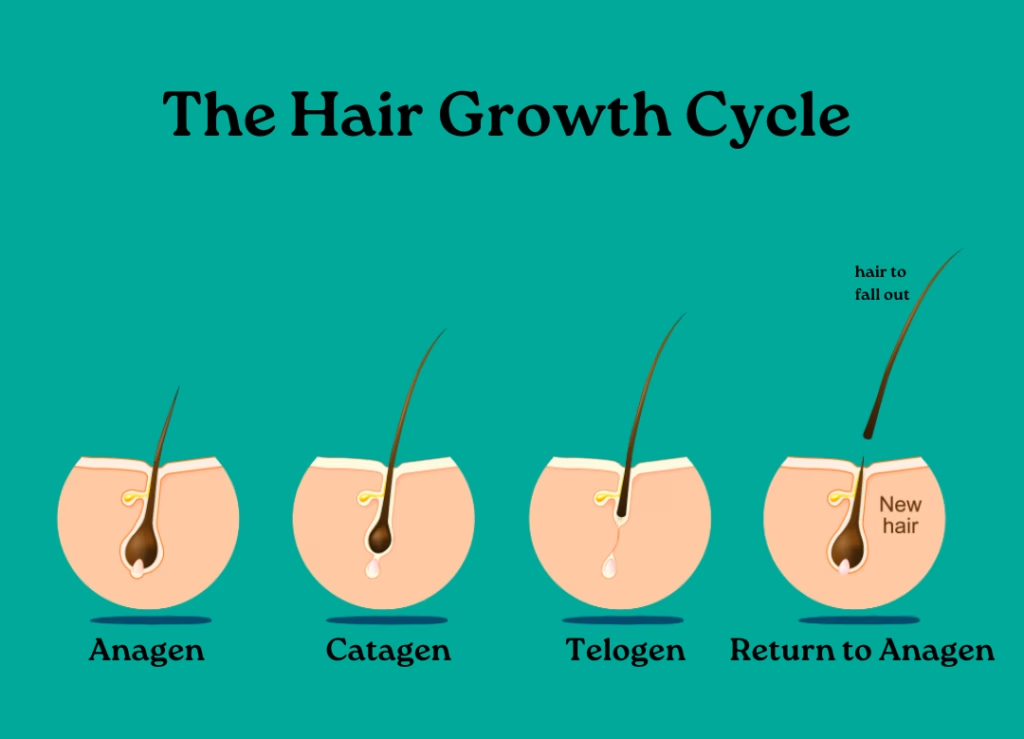
Does Vitamin D Help Hair Growth?
Several peer-reviewed studies suggest a connection between low vitamin D levels and various types of hair loss, including:
1. Alopecia Areata
A 2014 study in the British Journal of Dermatology found that individuals with alopecia areata had significantly lower serum levels of vitamin D compared to control subjects. While we don’t yet have definitive proof that vitamin D supplementation can reverse this autoimmune condition, there’s enough evidence to suggest that maintaining optimal levels may support immune regulation that’s vital to follicle health.
2. Telogen Effluvium
A 2013 study in Skin Pharmacology and Physiology observed that patients with telogen effluvium (a form of diffuse shedding often triggered by stress, illness, or hormonal shifts) also had lower levels of vitamin D. The nutrient may play a role in speeding up recovery by rebalancing the hair growth cycle.
3. Androgenetic Alopecia
Patients with androgenetic alopecia, or pattern hair loss, often exhibit lower serum vitamin D levels. The exact mechanism isn’t clear, but the connection appears consistent.
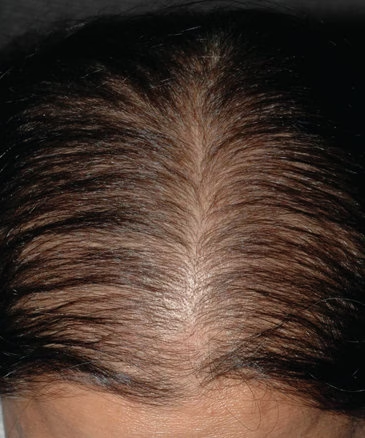
- HIGH POTENCY/SUNSHINE VITAMIN: Highly-absorbable liquid softgel form of vitamin D3
- VITAMIN D: Supports healthy immune system function and is essential for achieving and maintaining optimal bone mineral density*
Can Low Vitamin D Cause Hair to Break More Easily?
In addition to thinning, hair fragility may also be related to low vitamin D. Some studies suggest that vitamin D deficiency could contribute to impaired keratinocyte function—the cells responsible for producing keratin, the key structural protein in hair. Weak keratin production can lead to more breakage, dryness, and even slower repair of damaged strands.
Because vitamin D influences the keratinocyte differentiation process, a deficiency may impair the integrity and strength of both skin and hair shafts.
How to Boost Vitamin D for Hair and Overall Health
If your goal is to support your hair through healthy vitamin D levels, there are a few ways to increase your intake:
Dietary Sources
- Fatty fish like salmon, tuna, and sardines
- Egg yolks
- Fortified foods like milk, orange juice, and cereals
Supplements
If you’re deficient or have trouble absorbing vitamin D (common in people with GI issues or darker skin), supplements may be recommended. Most experts advise vitamin D3 (cholecalciferol) over D2, as it’s more efficiently absorbed.
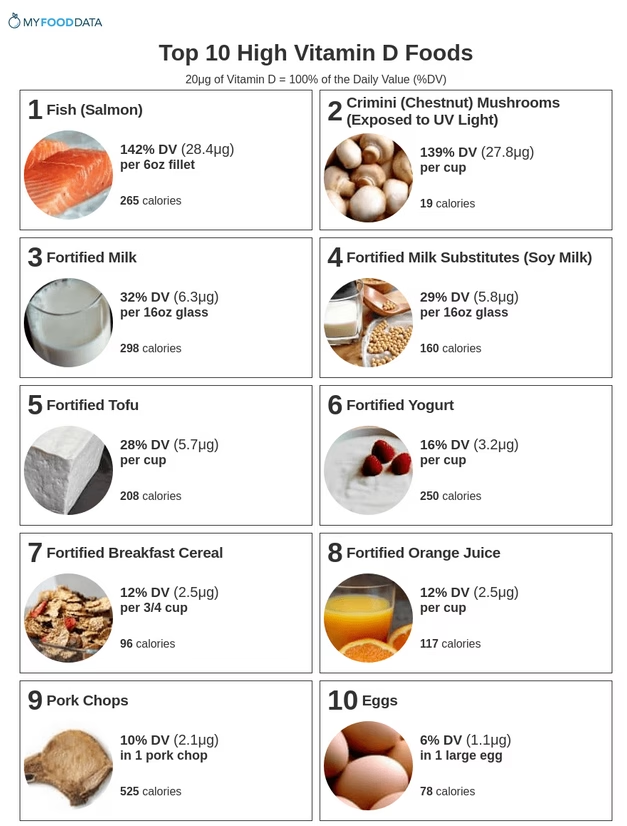
When to Test Your Vitamin D Levels
If you suspect low vitamin D might be contributing to hair issues—or other symptoms like fatigue or frequent illness—it’s worth discussing a blood test with your healthcare provider. The standard test is 25-hydroxy vitamin D, and optimal levels are generally considered to be between 20–50 ng/mL.
Frequently Asked Questions
Does vitamin D help hair growth directly?
Vitamin D supports hair growth by activating receptors in the hair follicle and regulating the growth cycle. While not a magic bullet, it’s essential for optimal follicle function.
How long does it take for vitamin D to impact hair growth?
If a deficiency is the root cause of your shedding, you may see improvement in 3–6 months after normalizing your levels, though individual results vary.
Can I take too much vitamin D?
Yes. Excessive vitamin D can cause toxicity. Stick to recommended doses unless guided by a medical professional.
Are topical vitamin D products helpful?
Some prescription topicals use vitamin D analogs, but more studies are needed to confirm their role in hair growth. Oral intake is the most studied route.
Stay in the Know. Subscribe.
